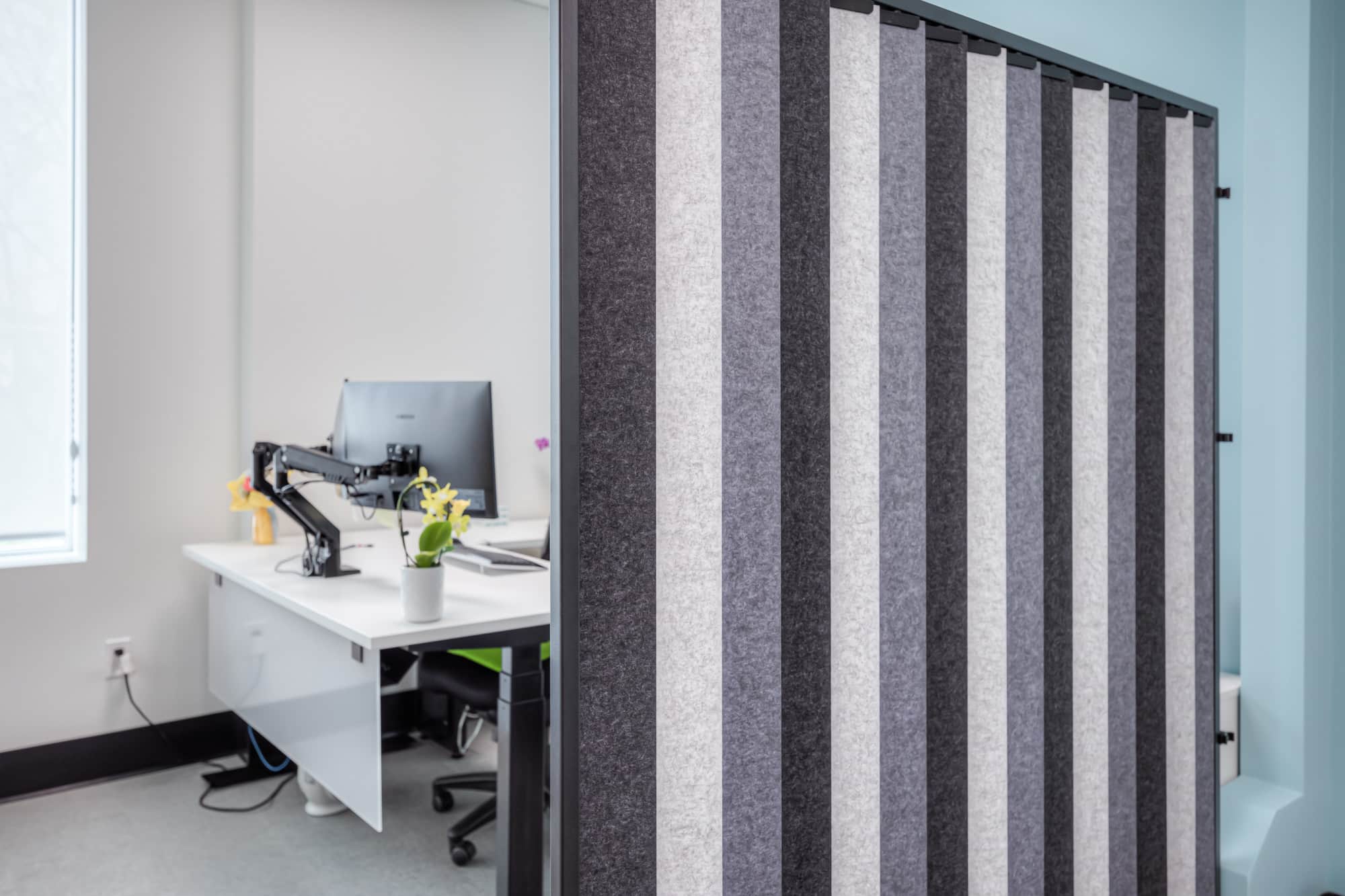As the world transitions towards a post-pandemic era, businesses are faced with the challenge of developing effective strategies for office reopening. The office environment, once the epicenter of professional collaboration, has undergone significant changes to adapt to the evolving needs and concerns of employees. In this article, we will explore the key components of a successful office reopening plan, emphasizing the importance of thoughtful design and strategic considerations for creating a safe, productive, and engaging workplace.
Hybrid Workspaces
The remote work trend that gained momentum during the pandemic has reshaped traditional office dynamics. Acknowledging this shift, a successful reopening plan should incorporate hybrid work models. Interior design plays a crucial role in creating spaces that support both in-person and remote collaboration. Flexibility in seating arrangements, technology integration for virtual meetings, and the provision of comfortable remote workspaces within the office are essential considerations.
Employee Well-Being
The reopening plan should prioritize employee well-being, recognizing the emotional and mental toll of the past challenges. Interior design can contribute significantly to creating spaces that promote well-being, incorporating elements such as natural light, ergonomic furniture, and designated break areas. Additionally, offering mental health resources and support services can be seamlessly integrated into the workplace design to foster a holistic approach to employee health.
Communication and Collaboration
Effective communication is key during the transition back to the office. Interior design can facilitate communication by creating open and accessible collaboration spaces. Strategically placed meeting rooms, huddle areas, and digital communication hubs encourage teamwork and help bridge the gap between remote and in-office employees. Clear wayfinding signs and a well-designed office layout contribute to a seamless and collaborative work environment.
Flexibility and Adaptability
The uncertainties of the post-pandemic landscape underscore the importance of designing flexible and adaptable workspaces. An effective reopening plan should account for potential changes in guidelines or work models. Interior design that allows for easy reconfiguration of spaces, modular furniture, and technology infrastructure that supports various work scenarios ensures that the office can adapt to evolving needs without major disruptions.
Employee Engagement Initiatives
Promoting employee engagement is vital for a successful office reopening. Interior design elements that reflect company culture, values, and achievements can instill a sense of pride and belonging among employees. Consideration of communal spaces for socialization, team-building activities, and collaborative events within the office design fosters a positive and engaging work environment.
Crafting a successful office reopening plan requires a holistic approach that encompasses safety, flexibility, and employee well-being. Thoughtful interior design plays a central role in achieving these objectives, creating a workspace that not only meets the practical needs of the post-pandemic era but also enhances the overall employee experience. By embracing a strategic and employee-centric approach to office design, businesses can navigate the challenges of reopening with confidence, creating a workplace that inspires productivity, collaboration, and employee satisfaction.

